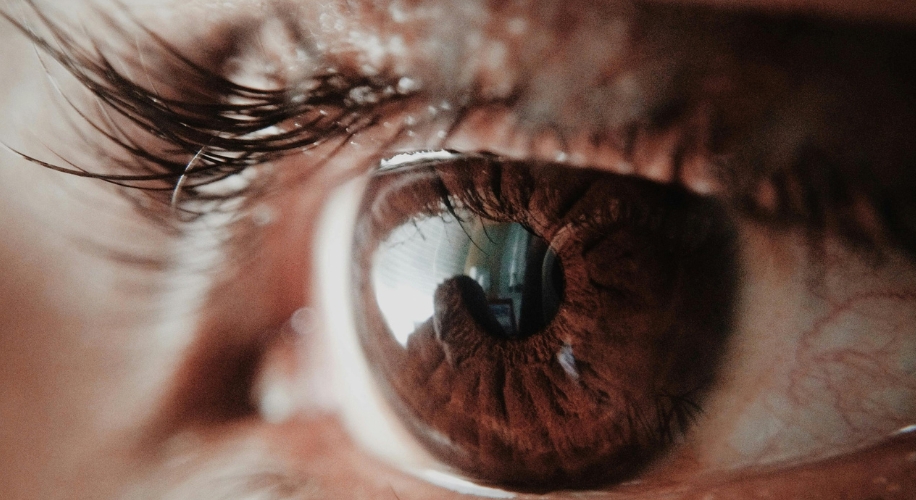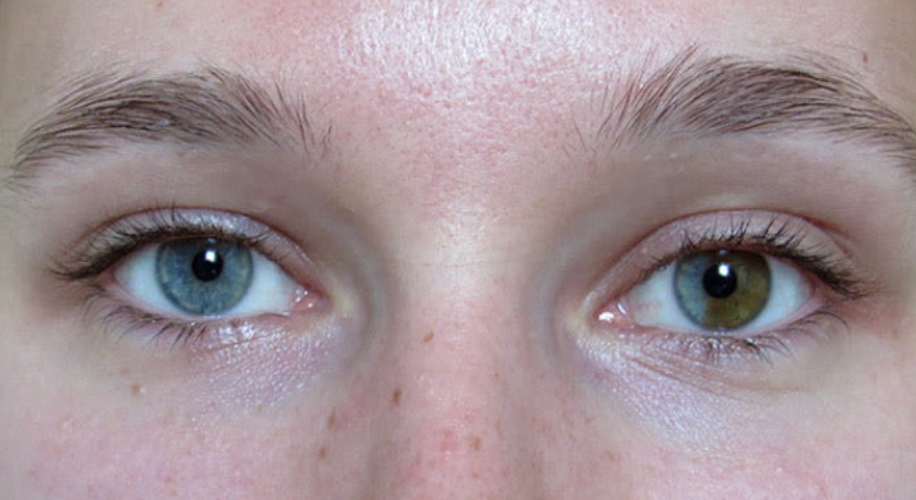Unlocking the Mystery: Eye Color Genetics Explained

Ever wondered why your eyes are the color they are? Or why your child has blue eyes when both you and your partner have brown? The answer lies in your genes. Eye color is determined by variations in a person’s genes. Most of the genes associated with eye color are involved in the production, transport, or storage of a pigment called melanin. Eye color is directly related to the type and amount of melanin in your eyes, but can also be influenced by your light exposure or medications. Let’s delve deeper into this fascinating topic.
Genetics of Eye Color
Eye color, ranging from blue to brown and every shade in between, is determined by multiple genes. The primary gene responsible for eye color is called OCA2. This gene, located on chromosome 15, encodes a protein that helps regulate the production and distribution of melanin. A nearby gene called HERC2 affects the activity level of OCA2, with certain variations leading to reduced function, which in turn results in less melanin in the iris and lighter-colored eyes. Here are a few key points about these genes:
- OCA2: This gene makes a protein, P protein, that helps determine the structure and function of the body’s melanosomes, which produce and store melanin.
- HERC2: Variations of this gene can reduce the activity of OCA2, leading to lighter eye colors.
It’s important to note that various other genes can influence eye color, contributing to the wide range of eye color variations we see in the population. It’s also interesting to note that all eye colors are a result of the same pigment, melanin. Brown eyes have a high concentration of melanin in the iris, while blue eyes have a lower concentration.
Blue Eyes and Recessive Genes
Many believe the myth that blue eyes are determined by a single recessive gene. This would mean that two parents with brown eyes, which are said to be dominant, could not produce a child with blue eyes. However, this is not entirely accurate. Eye color is more complex and is controlled by more than one gene, and the interplay between these genes determines the final eye color.

Eye Color Changes and Heterochromia
Did you know that a person’s eye color can change throughout their lifetime? Babies, for example, often start out with blue or gray eyes, only to have their eyes darken as they grow and develop. This change is due to the increasing deposition of melanin in the iris.
Another interesting aspect of eye color is a condition called heterochromia, where each eye is a different color, or there are multiple colors in the same eye. This can be due to genetics, or it can be caused by a disease or injury. Despite its rarity, heterochromia does not usually interfere with vision.
Understanding the genetics behind eye color can be fascinating. It’s a testament to the complex nature of genetics and how our unique traits are determined. Remember, no matter what color your eyes are, it’s important to take steps to protect your eye health. Regular eye exams and protective eyewear, such as sunglasses with UV protection or blue light glasses for computer use, can help keep your eyes healthy. Zenni offers a large range of options to suit all your eyewear needs, whether for fashion, function, or both!





 Canada
Canada